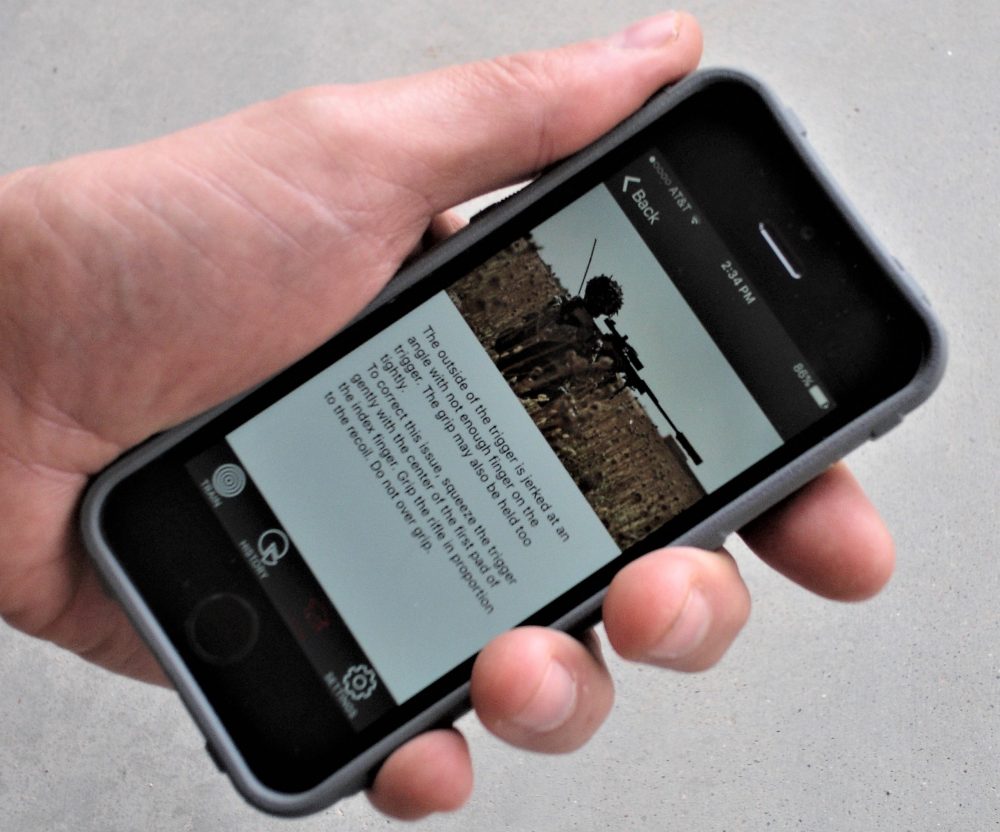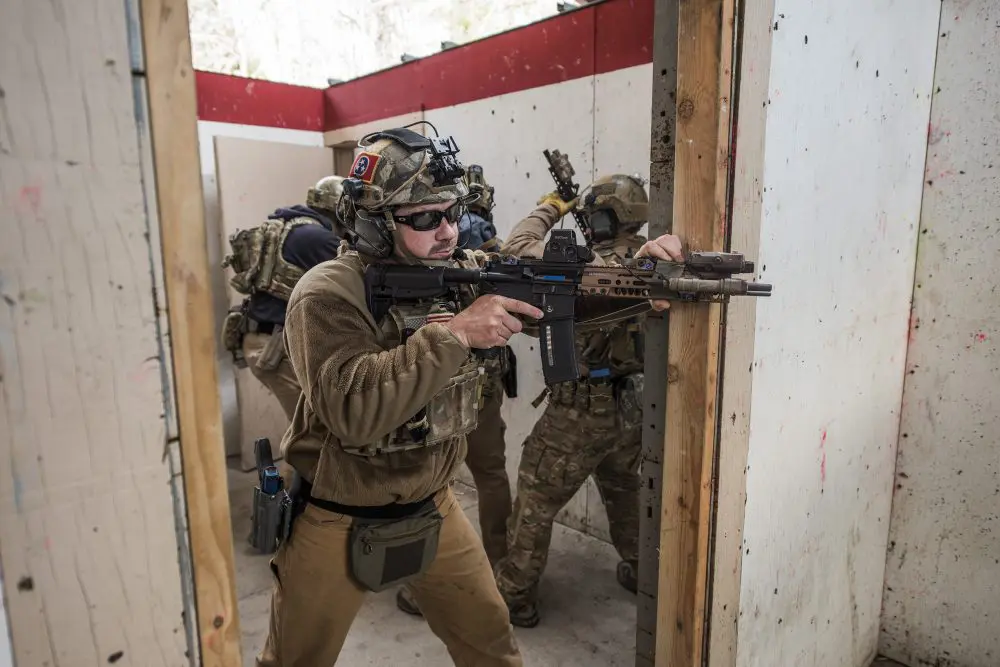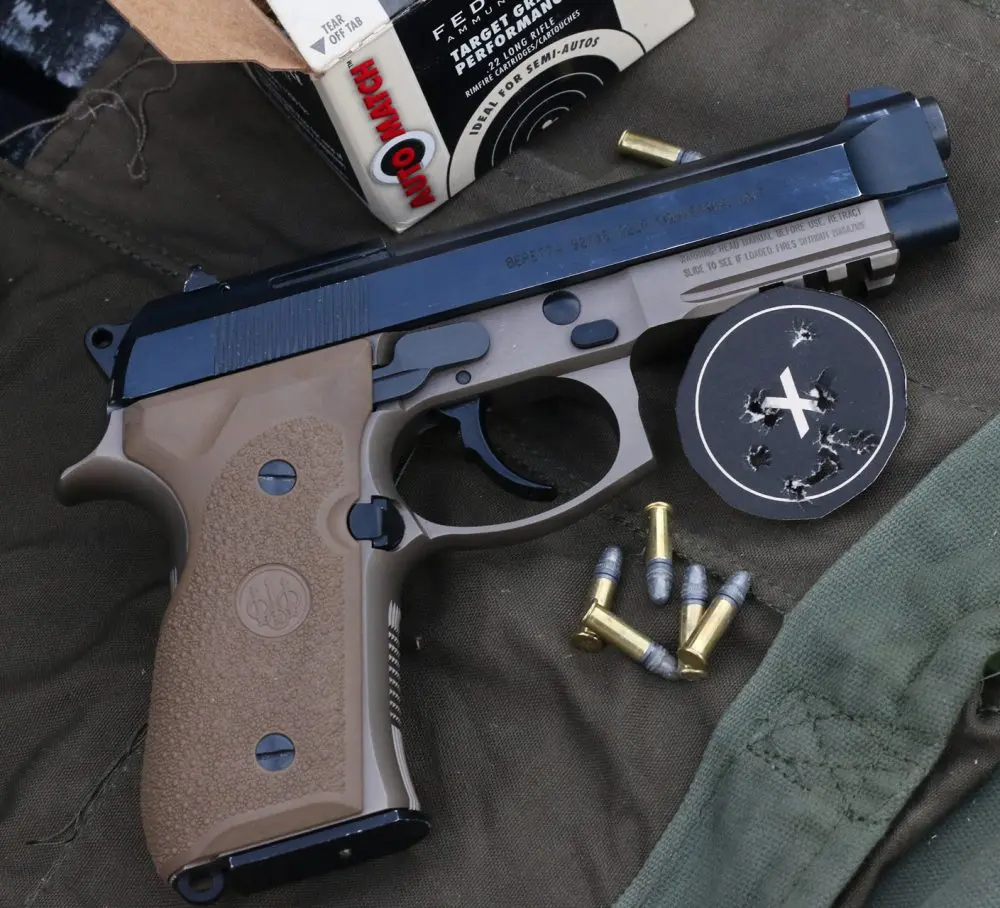We’re constantly preaching the old adage, “the first rule of a gunfight is to bring a gun.” It’s great advice and something that we constantly harp on to our friends, family, co-workers and random nearby strangers. Having a gun doesn’t automatically guarantee success during lethal confrontations, but it’s a damn sight better than a big rock.
But what if a big rock is the only item in your arsenal?
For all the talk of carry guns, it’s a fact that there are many places where any type of weapon is forbidden. Typically, I stay away from those places, but there are limits to any policy. For example, if I’m ready to leave on a trip that will prevent me from carrying anything deadlier than a withering stare, I still go. And I might choose to go “naked” in certain instances, such as when heading out for a few cocktails with friends.
Regardless of why and when, there are things we can do to shore up the odds when lacking an “equalizer.”
The first and most important concept in these situations is decidedly less sexy than anything MacGyver might fashion. That idea is our old, hoary, well-discussed buddy: situational awareness.
When unarmed, you cannot be unaware. This is because avoidance is far and away the best survival strategy when you cannot match bullet-for-bullet or blade-for-blade with an adversary.
What can we say about situational awareness that hasn’t already been beaten into the ground?
We’ll just remind you to remain extremely alert regarding the people, places and nuances of things around you. Don’t become too enthralled with that in-flight catalog, the overtime basketball game or the school play in which your offspring is currently singing loudly off-key. Enjoy yourself, but remember that evil is possibly hiding in the blank faces around you. Hopefully you’ll be the first to notice if that evil suddenly decides to act.
The reason for remaining hyper-vigilant is simple: We must run like scared little bunnies whenever trouble starts. To put it in more tactically correct nomenclature: “When we are unarmed, the highest order of battle is to disengage from an adversary and create distance.” In other words, use the sneaker defense and RUN!
Of course, you can’t escape if you haven’t figured out where to go beforehand. For both attack and disaster/emergency purposes, it should be second nature to automatically review the possible escape points of any new location where you find yourself. Regardless if inside an arena, a hotel, a friend’s apartment building or a bus, you should know both a primary and secondary exit in case one is blocked by fire, an armed gunman or people soliciting money.
Suppose circumstances dictate that running is out of the question and you must stand to face your attacker. If there is no choice but to pick up something handy nearby and charge into the brink, we need to talk about the fun stuff: improvised weapons.
As a graduate of formal “improvised weapons” training and possessing a thoroughly deviant mind, I have a pretty good handle on how to turn everyday objects into spears, clubs and low-yield nuclear devices. However, anyone with a creative bent can likewise come up with innumerable possibilities.
If you can find and attend improvised weapons training, do so. There is also a considerable body of literature on the subject, but we caution that much of it is written by Internet commandos who have only used such homemade weapons in their imagination.
Users of improvised weapons should concentrate on types of weapons rather than specific items. The reason for this is obvious when you consider the dynamic nature of a threat encounter coupled with the variability of “everything” in the world. Just to practice every possible usage of a standard claw hammer as a weapon would likely take a month.
Though there are various schools of thought on the topic, my own belief is that you should concentrate on three main types of weapons: swinging/clubbing, stabbing, and defensive weapons.
The aforementioned hammer is a great example of a clubbing weapon, but there are myriad mundane items that you can turn into weapons. Have you ever thought about using a full plastic drink bottle to club a miscreant into submission?
Even a generic plastic flashlight can be used to good effect against the eyes, nose or throat of a violent felon. Though cellular phones are getting smaller, some of the more robust models would likely survive several blows to the noggin of a miscreant. And there’s always the old prison standby of putting a bar of soap, rocks or a handful of bolts in a sock and using it like a blackjack.
Of course, the granddaddy of all clubbing weapons is the common walking stick. I have several good friends who wouldn’t even consider sauntering around various European cities without a good briar walking stick in hand. Lest you think it an outdated affectation, there are defensive walking-stick classes that will make you a believer.
Stabbing or cutting weapons are legion—just ask any correctional officer for a graduate-level course. Hand tools, broken pieces of glass or plastic (how about a broken compact disc?), stiff wire, hairbrush handles, ink pens, pencils, car keys—the possibilities are endless.
Defensive weapons are abundant. With a little training, you can use a T-shirt or towels to stop an edged weapon attack. How about wielding your office in-box to block a punch? A folding chair is fairly useful to stop anything but a firearm.
Sorry, I’m getting hot and frothy thinking about all the possibilities, but since I’m forced to share this magazine with other writers, we must stop here. Hopefully I’ve gotten the point across that if you stay fully aware and deviously creative, you might be unarmed, but you’ll always be dangerous.




